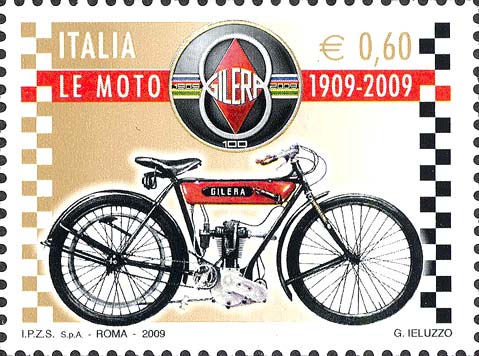
The vineyard is the illustrated part of the stamp. Normally it contains the indications of the issuer State and the nominal value of postage. Only Britain does not explicitly state the issuer, replaced by the ruler's profile. This is an exclusive prerogative of the United Kingdom which does not give up from far 1840, as an "ideal" nation of the stamp.
Usually the vignette respects the shape of the stamp except for some cases where there is no such custom.
The vineyard can be institutional when it is formed by the symbols of the institutions of the Issuer State as, for example, it happened during the Kingdom of Italy when the effigy of the sovereign was imprinted; may be commemorative if you intend to recall the occurrence of an event or a historical character or may be propagandistic as in the case of stamps bearing political messages or solidarity.
The nominal value (also called “facial value”) gives the stamp a value in the current currency at the issuer state; for this reason stamps have limited use as "exchange money". In some specific issues in addition to the nominal value, there is a surcharge for charity.
In Italy in 1910 the issue of the series called "Garibaldi" coincided with the beginning of commemorative issues (i.e., whose cartoon commemorates an event or a historical character), with the use of the surcharge that was in favor of the National Committee of Celebrations for the 50th anniversary of the unification of the country. In 2006 the Italian Republic issued a value from Euro 0,60 with a surcharge of Euro 0,30 for the Association Pro Lotta ai Tumori del Seno. On 17 November 2005 the Republic of San Marino issued a stamp that does not indicate the nominal value, replaced by a short text clarifying the use.
In 1953 North Vietnam issued a series of stamps that did not express the nominal value in current currency but in kilos of rice. The vineyard indicates a farmer with four different sizes from 6 to 5 kilos.
